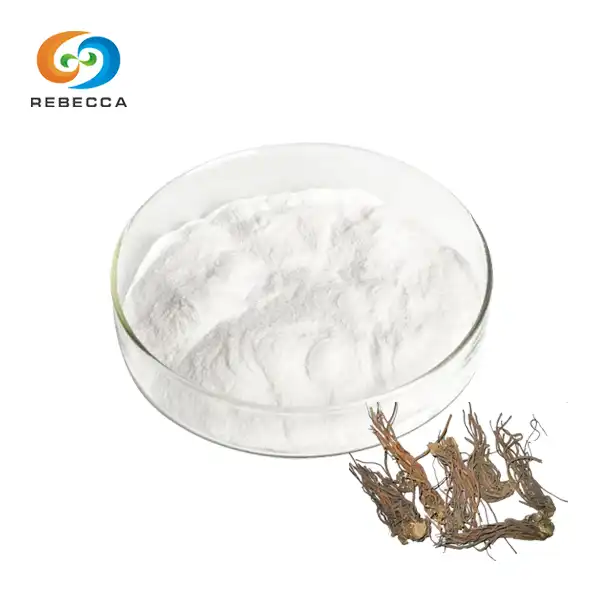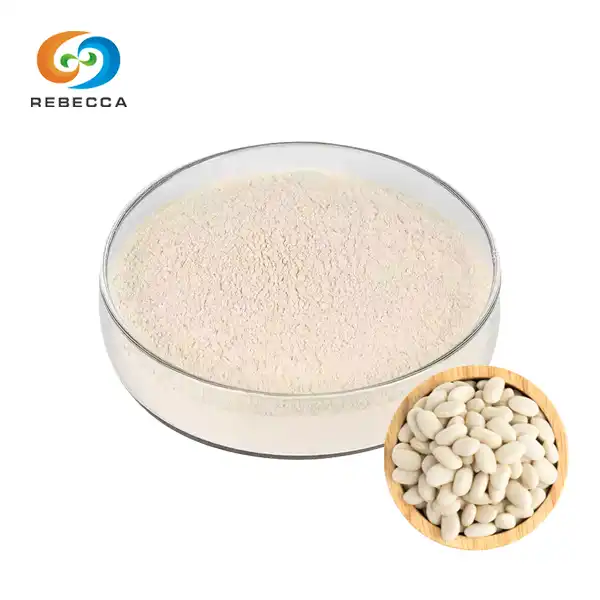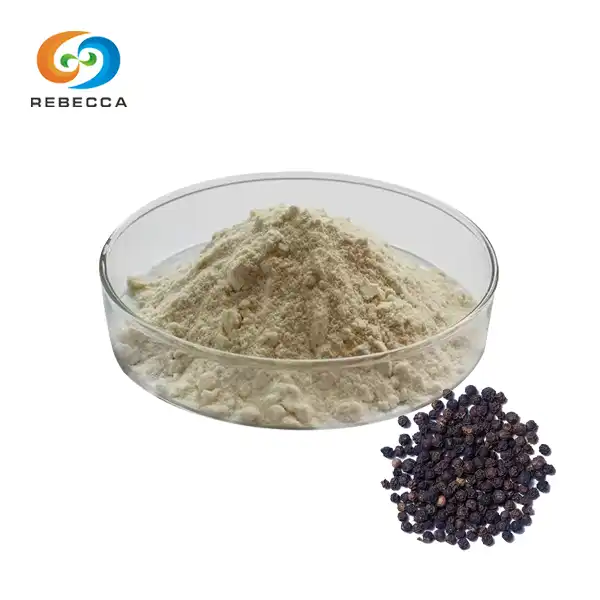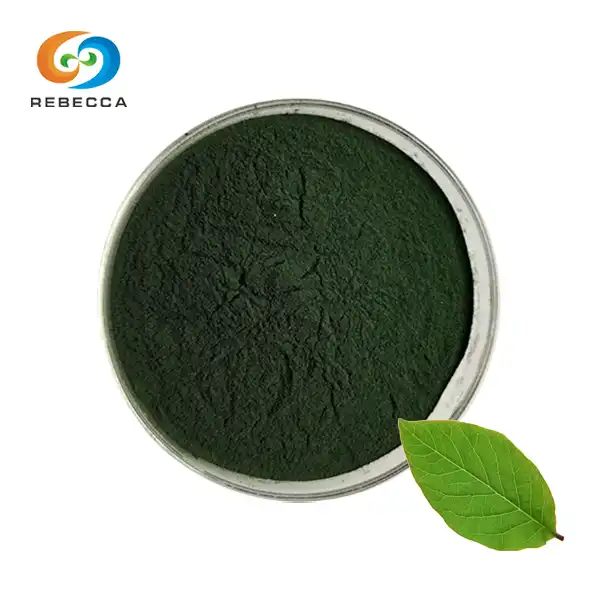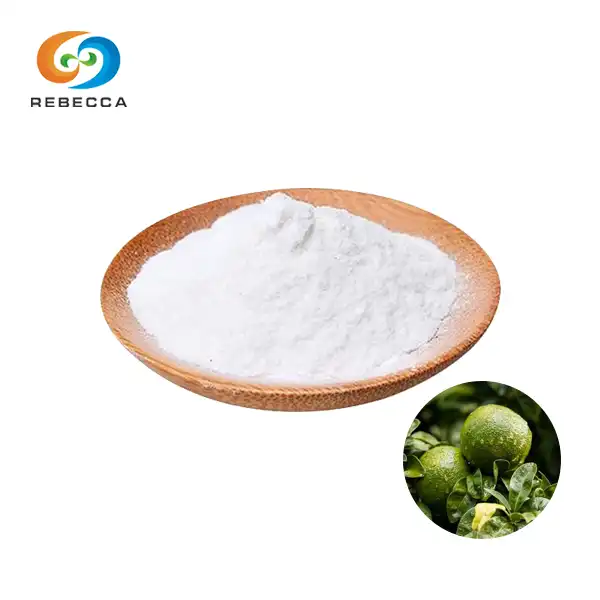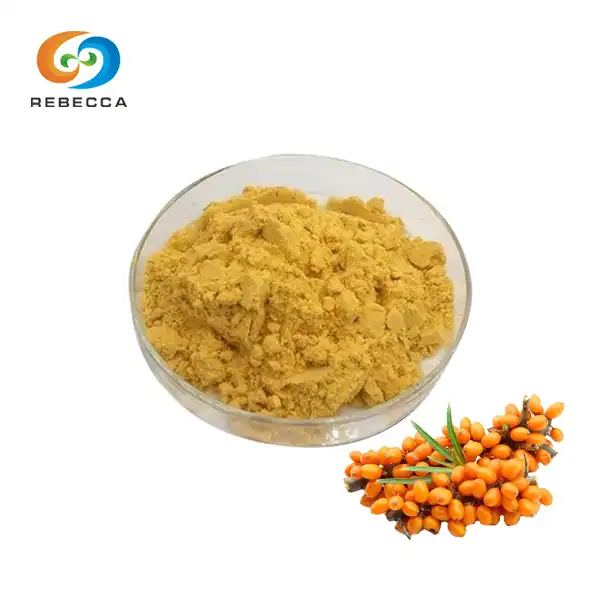What is fucoxanthin?
In the world of natural compounds, fucoxanthin powder stands out as a fascinating and potentially beneficial substance. This article delves into the nature of fucoxanthin, its classification within the carotenoid family, and what makes it unique among its peers. We'll explore its chemical properties and potential applications, shedding light on why this compound has garnered significant interest in scientific and health communities.
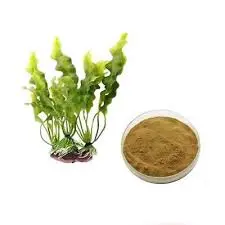
What is Fucoxanthin and How is it Classified in the Carotenoid Family?
Fucoxanthin is a naturally occurring pigment that belongs to the diverse group of compounds known as carotenoids. Carotenoids are organic pigments found in the chloroplasts and chromoplasts of plants and other photosynthetic organisms like algae and some bacteria. These compounds are responsible for the vibrant yellows, oranges, and reds we see in many fruits, vegetables, and autumn leaves.
Within the carotenoid family, fucoxanthin extract is classified as a xanthophyll. Xanthophylls are a subclass of carotenoids that contain oxygen in their molecular structure, distinguishing them from carotenes, which are purely hydrocarbon carotenoids. it is particularly abundant in various species of brown seaweed, such as wakame (Undaria pinnatifida) and hijiki (Sargassum fusiforme).
The presence of fucoxanthin in these marine algae serves a crucial ecological function. It plays a vital role in photosynthesis, helping these organisms capture light energy in the aquatic environment where blue and green wavelengths predominate. This adaptation allows brown algae to thrive in deeper waters where other photosynthetic organisms might struggle.

What Makes Fucoxanthin Unique Among Carotenoids?
While fucoxanthin shares some characteristics with other carotenoids, several features set it apart and contribute to its unique properties and potential health benefits.
1. Unusual Chemical Structure: Fucoxanthin possesses a distinctive molecular structure that differentiates it from other carotenoids. It contains an unusual allenic bond (a bond between two consecutive double bonds), a 5,6-monoepoxide group, and nine conjugated double bonds. This unique arrangement of atoms contributes to its specific chemical and biological properties.
2. Color Properties: Unlike many carotenoids that impart red, orange, or yellow hues, it is responsible for the brown color of the algae in which it's found. This distinctive coloration is due to its unique light-absorbing properties, which allow it to capture a broader spectrum of light than many other photosynthetic pigments.
3. Metabolic Conversion: When ingested, fucoxanthin undergoes a unique metabolic conversion. It is converted to fucoxanthinol in the gastrointestinal tract and then to amarouciaxanthin A in the liver. These metabolites are believed to be responsible for many of the biological effects attributed to fucoxanthin.
4. Bioactivity Profile: Organic fucoxanthin exhibits a range of biological activities that distinguish it from other carotenoids. Research has suggested potential anti-obesity, anti-diabetic, anti-cancer, and anti-inflammatory properties, among others. These effects are thought to be due to its unique molecular structure and its ability to interact with various cellular mechanisms.

What are the Chemical Properties of Fucoxanthin?
Understanding the chemical properties of fucoxanthin powder is crucial for appreciating its behavior in various environments and its potential applications. Here are some key chemical characteristics of fucoxanthin:
1. Molecular Formula and Weight: Fucoxanthin has the molecular formula C42H58O6 and a molecular weight of 658.9 g/mol. This complex structure contributes to its unique properties and reactivity.
2. Solubility: Fucoxanthin extract is lipophilic, meaning it dissolves readily in fats and oils. It has poor solubility in water, which affects its bioavailability and how it's formulated in various products. This property is common among carotenoids and influences how fucoxanthin is absorbed and distributed in the body.
3. Stability: The unique structure of fucoxanthin, particularly its allenic bond and epoxide group, makes it relatively unstable compared to many other carotenoids. It's sensitive to heat, light, and oxygen, which can lead to degradation. This instability poses challenges for its extraction, purification, and incorporation into various products, necessitating careful handling and storage.
4. Antioxidant Activity: Like many carotenoids, fucoxanthin exhibits antioxidant properties. It can neutralize various types of free radicals, helping to protect cells from oxidative stress. However, its antioxidant mechanism differs from that of many other carotenoids due to its unique structure.
5. Spectral Properties: It has a characteristic absorption spectrum with peaks in the blue-green region of visible light (around 450-470 nm). This property is responsible for its role in photosynthesis in brown algae and contributes to its potential applications in areas such as food coloring and cosmetics.
6. Isomerization: Like many carotenoids, it can exist in various isomeric forms. The all-trans isomer is the most common and stable form found in nature, but cis isomers can also occur. The isomeric state can affect the compound's properties and biological activity.
These chemical properties not only define fucoxanthin's behavior in various environments but also underpin its potential applications and health effects. For instance, its lipophilic nature influences how it's absorbed in the body, while its antioxidant properties contribute to its potential health benefits. The stability challenges associated with fucoxanthin have driven research into improved extraction methods and formulation strategies to harness its full potential.
As research continues, our understanding of fucoxanthin's chemical properties and their implications for health and industry continues to grow. From nutraceuticals to cosmetics, the unique characteristics of this compound open up a range of possibilities for innovation and application.
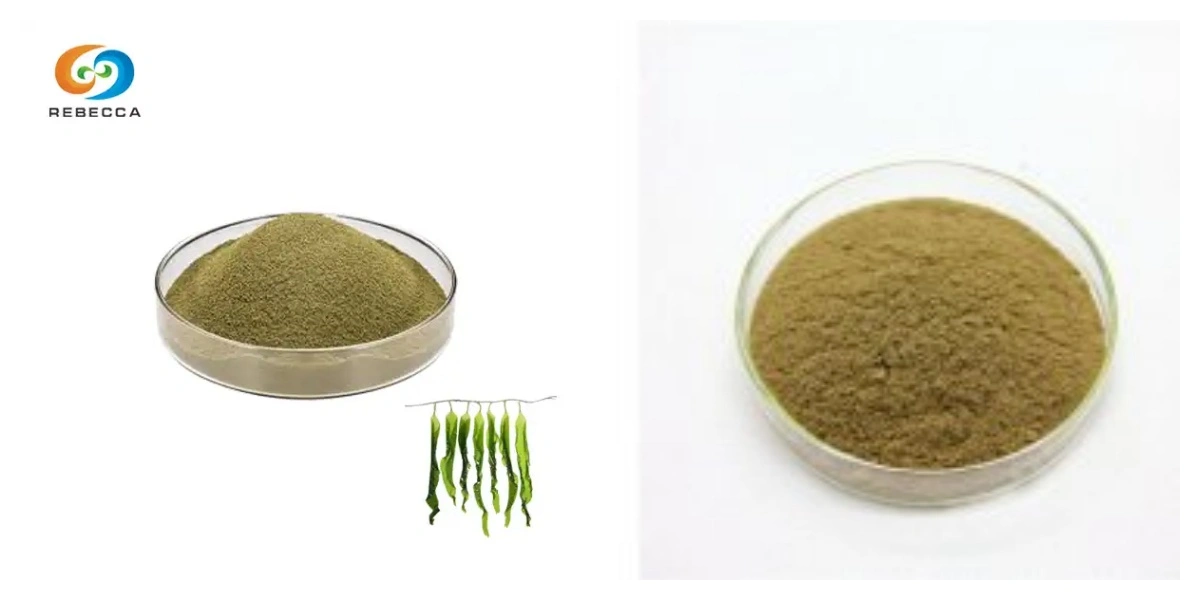
Fucoxanthin Powder Supplier
Looking to secure a reliable partner for your production needs? Look no further than Rebecca Bio-Tech. With our three advanced production lines, we produce over 100 high-quality products, including fucoxanthin powder, with an annual capacity exceeding 2,000 tons. Our commitment to a stable supply chain ensures consistent availability for your business. We offer competitive pricing and provide free samples along with MSDS documents, showcasing our dedication to transparency and customer satisfaction. Reach out to us at information@sxrebecca.com to learn more and take the first step towards a successful partnership.
References:
- Britton, G., Liaaen-Jensen, S., & Pfander, H. (2004). Carotenoids handbook. Birkhäuser.
- Peng, J., Yuan, J. P., Wu, C. F., & Wang, J. H. (2011). Fucoxanthin, a marine carotenoid present in brown seaweeds and diatoms: metabolism and bioactivities relevant to human health. Marine drugs, 9(10), 1806-1828.
- Mikami, K., & Hosokawa, M. (2013). Biosynthetic pathway and health benefits of fucoxanthin, an algae-specific xanthophyll in brown seaweeds. International journal of molecular sciences, 14(7), 13763-13781.
- Maeda, H., Hosokawa, M., Sashima, T., Funayama, K., & Miyashita, K. (2005). Fucoxanthin from edible seaweed, Undaria pinnatifida, shows antiobesity effect through UCP1 expression in white adipose tissues. Biochemical and biophysical research communications, 332(2), 392-397.
- Hashimoto, T., Ozaki, Y., Mizuno, M., Yoshida, M., Nishitani, Y., Azuma, T., ... & Yoshida, T. (2012). Pharmacokinetics of fucoxanthinol in human plasma after the oral administration of kombu extract. British Journal of Nutrition, 107(11), 1566-1569.
